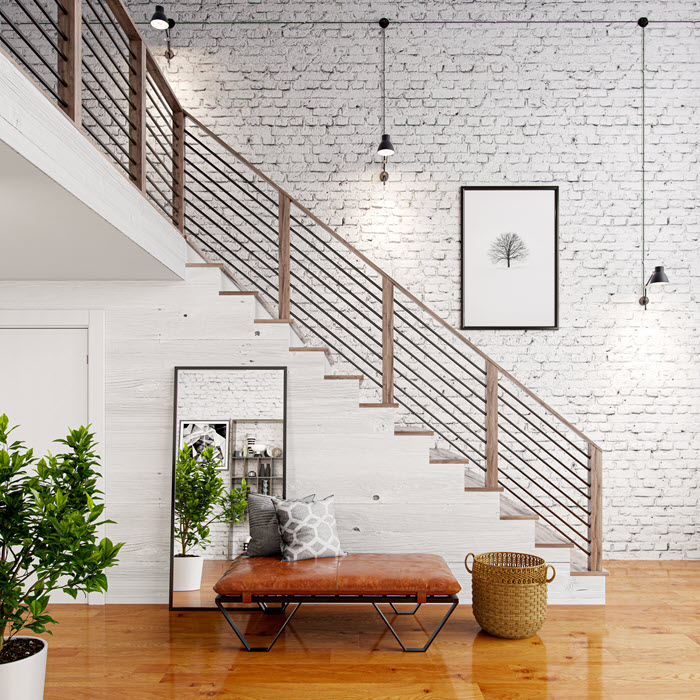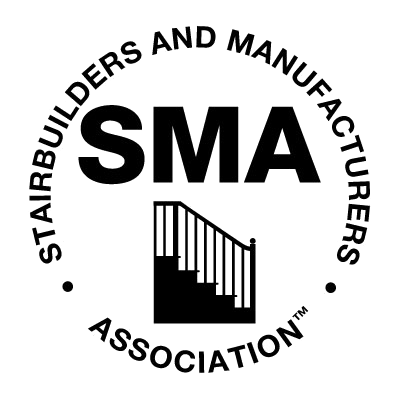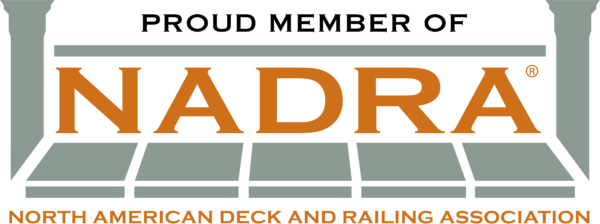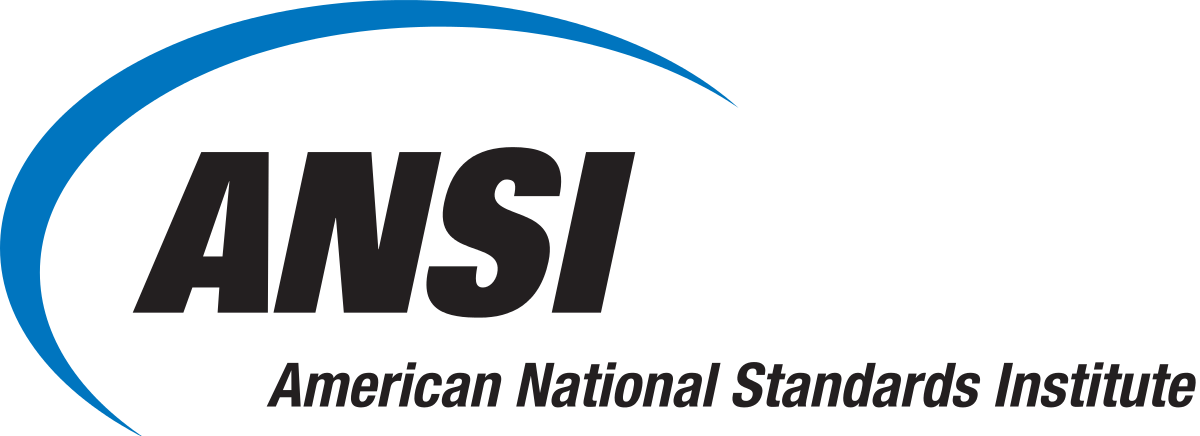- Jul 22, 2019
8 Questions To Ask Before Installing Cable Railing
-
Share:
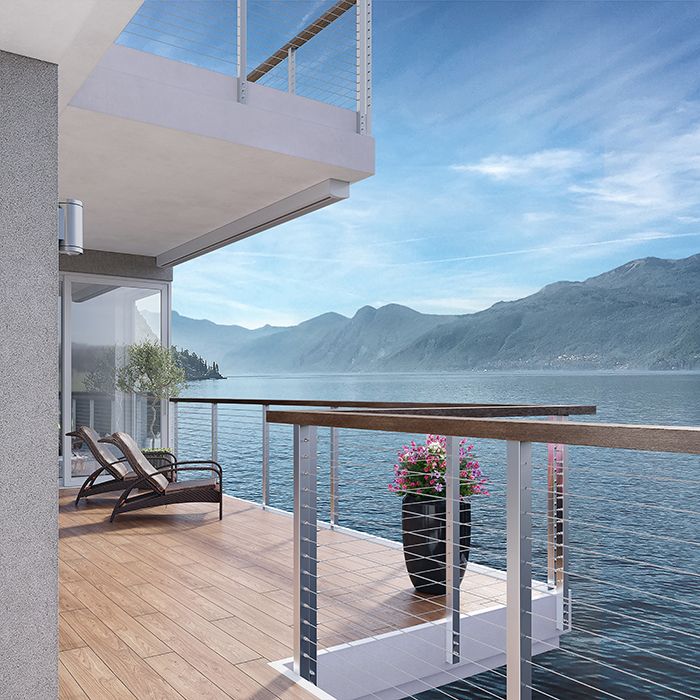
Photo Source: Bezdan Sales
It's easy to see how anyone could get swept up in the cable railing trend. Cable is a beautiful railing solution for indoors or outdoors. It is incredibly diverse in its design applications, working just as well in a nautically inspired summer cottage or cabin as it can in a downtown industrial-chic loft. There are infinite customization possibilities for every project.
Before starting on your project, take a moment to review our customer service team's answers to the top most frequently asked cable railing installation questions they've been receiving over the last decade. Planning will make for a smoother installation with fewer challenges and a better final product.
1. What Are The Framework Requirements?
A key factor in any successful cable rail application is always the attachment of the post to the deck, floor or stairs. Since hundreds of pounds of tension are being applied to end posts using cable railing, posts must be substantial enough to handle the tension. Substantial end posts are necessary to prevent the posts from bending under the cable tension. If the post material is not strong enough to withstand tension, it may cause the post to fail or bow and the cables to sag.
For wood, a minimum 4” x 4” nominal end post is generally required. For stainless steel, a minimum 2” x 2” post with a ¼” wall thickness is recommended. Refer to Bezdan Cable framework, fitting and tool guide for wood or metal applications heretes
A top rail is always necessary for structural integrity when building a railing with cable infill. A top rail should always be installed prior to the infill and in a way that allows the top rail to absorb and deflect the pressure applied when cable is tensioned. It is best practice to secure top rails between the post rather than simply fastening the rail on the top of the post.
A complete railing will include 11 – 14 rows of cable depending on post height, framework construction, and cable spacing. We recommend a three-inch spacing between rows to comply with code requirements. The cable should be supported in some manner at least every 48" along its run to keep the cable rung from deflecting beyond 4". Intermediate posts, other than those that are structurally necessary, can be thin metal cable braces with holes for the cables to pass.
You'll also need to consider whether your application is for a level deck, patio, or for stairs.
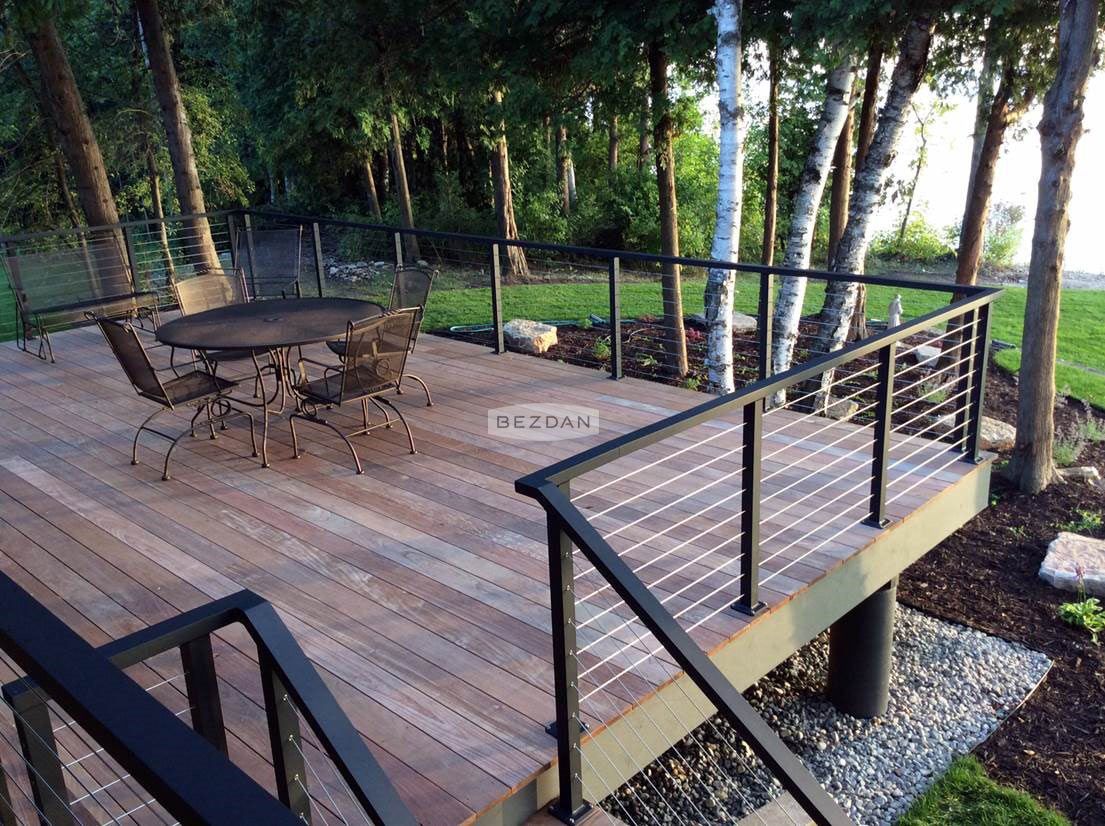
Photo Source: Bezdan Sales
2. Does The Material Of My Framework Affect My Design Options?
When selecting cable components, the framework material will determine which styles of cable end fittings will be available to you. The framework material is referred to as the mounting substrate for cable fittings. Metal and wood posts are the most common materials used in framework construction.
If you're doing a renovation, you might be thinking of keeping or using some or all of the current framework. There are cable fittings that can secure to a concrete wall or surface, like the side of a house or existing structure. Buying individual components or à la carte offers the flexibility to choose the fittings you need by the mounting substrate, ideal for mixed material frameworks.

Photo Source: Bezdan Sales
3. Where Should I Start When Measuring For Cable Railing?
When planning for cable railing, you’ll want to consider the length of each section. A section or run of cable can be straight or, in some instances, include a corner. The longer the section you have, the fewer components needed, the lower the overall cost. That said, remember that each run of cable requires at a minimum a tensioning and non-tensioning fitting function.
4. Will Cable Railing Be Expensive?
When you consider everything that stainless steel cable railing provides you—clear views, an installation by hand with simple tools, corrosion resistance, low maintenance requirements—it is indeed a cost-effective solution for residential patios, decks, and stairs alike.
The right cable railing components provide exceptional design and function and are easy to install, ensuring you deliver a high-end result that is safe and beautiful.

Photo Source: Bezdan Sales
5. What's The Difference Between Through-Post And Surface Mount Cable Fittings?
Through-post cable fittings are nearly invisible, passing through the post and securing to the backside. The result is a minimalist look with little to no visible hardware, ideal for maximizing views.
Meanwhile, a surface mount option offers an exposed hardware look that can create a marine-inspired or contemporary style. The components are attached to the inside of the post, which is helpful when the backside is not accessible.

Photo Source: Bezdan Sales
6. How Do I Handle Corners?
With corner applications, a double post system is the preferred option. It allows the cable to go through two separate sections thereby minimizing the number of fittings required and lowering the overall project cost. Cables have a maximum bend of 45-degrees and posts should be placed no further than 3.5" apart.
When you're working with a framework that features a single corner post, you can use surface-mount fittings on both sides or combine a through-post and surface mount. A 90-degree corner on the same plane will create an aesthetically pleasing look of continuous cable. If only through-post fittings are used the runs will need to be offset and staggered.
In some cases, a tensioning fitting will be required on each end post. It’s also important to note the maximum run length recommended for the fitting.
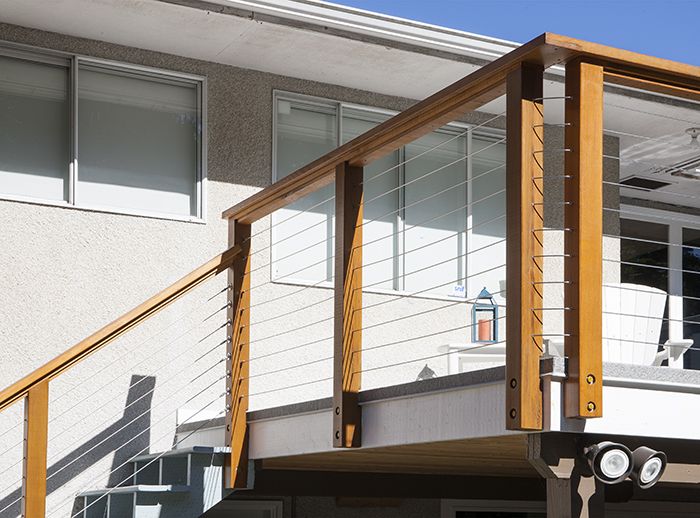
Photo Source: Bezdan Sales
7. How Can I Save Time During Installation?
Cable railing components are available in a swageless format; this means they can be installed with simple hand tools and there's no need for expensive equipment to secure the cable to the end fittings. Also, if you’re doing multiple or large projects, you can buy individual fittings and cable spools in bulk. There is no need to provide exact measurements for cable to be cut and swaged, saving valuable installation time.
Further, you can use pre-drilled fascia mount stainless steel posts that work with through-post cable fittings for level and stair applications. With no need to drill your own holes you'll be saving time and money.

Photo Source: Bezdan Sales
8. How Do I Maintain My Cable Railing?
Cable railings are highly durable but still need some care. Corrosion from pollutants, salt and chlorides can be a problem so you’ll want an alloy that stands up to the elements, learn more. Bezdan offers metal posts and components in stainless steel alloy 316 and 316L for superior corrosion resistance. With regular stainless steel care and maintenance, you'll be enjoying the beauty of your railing for years to come.



